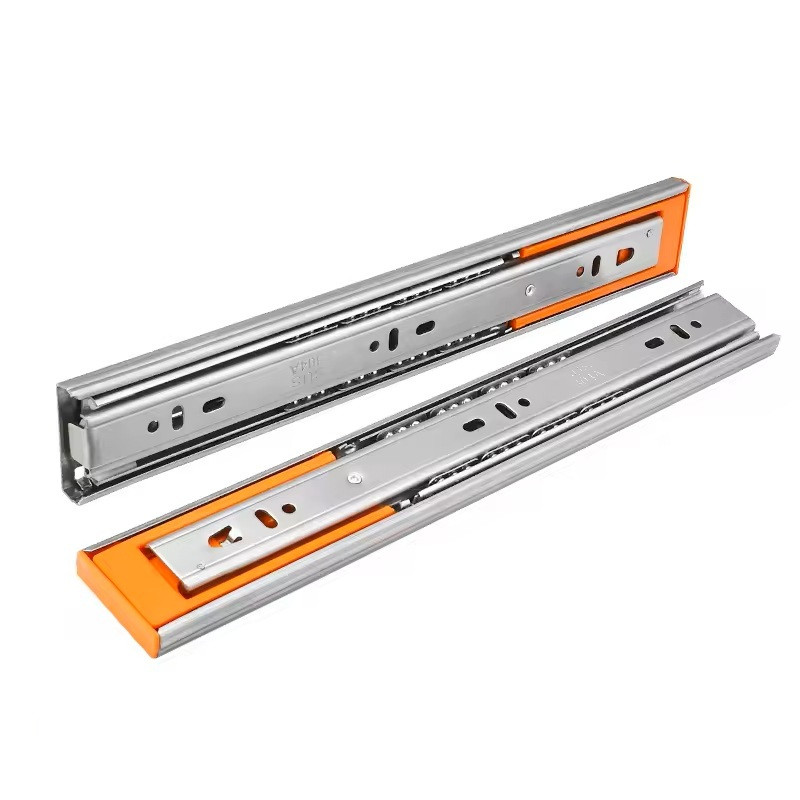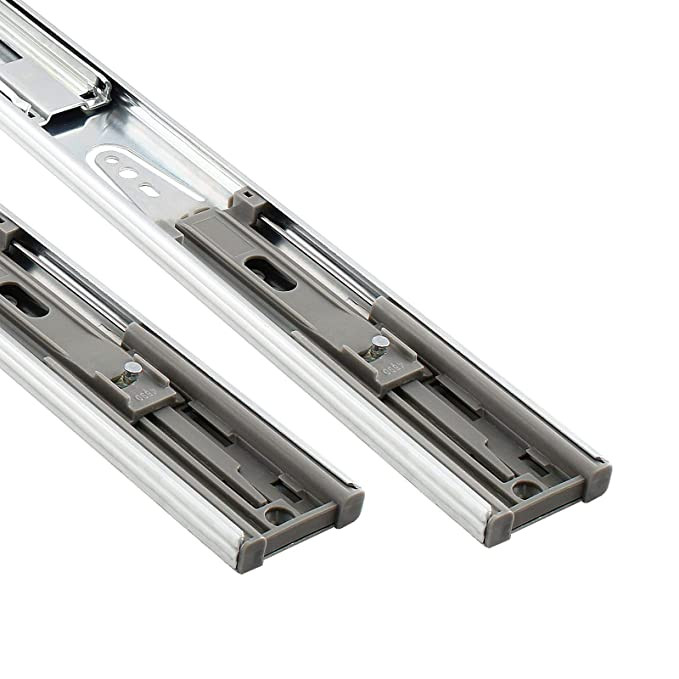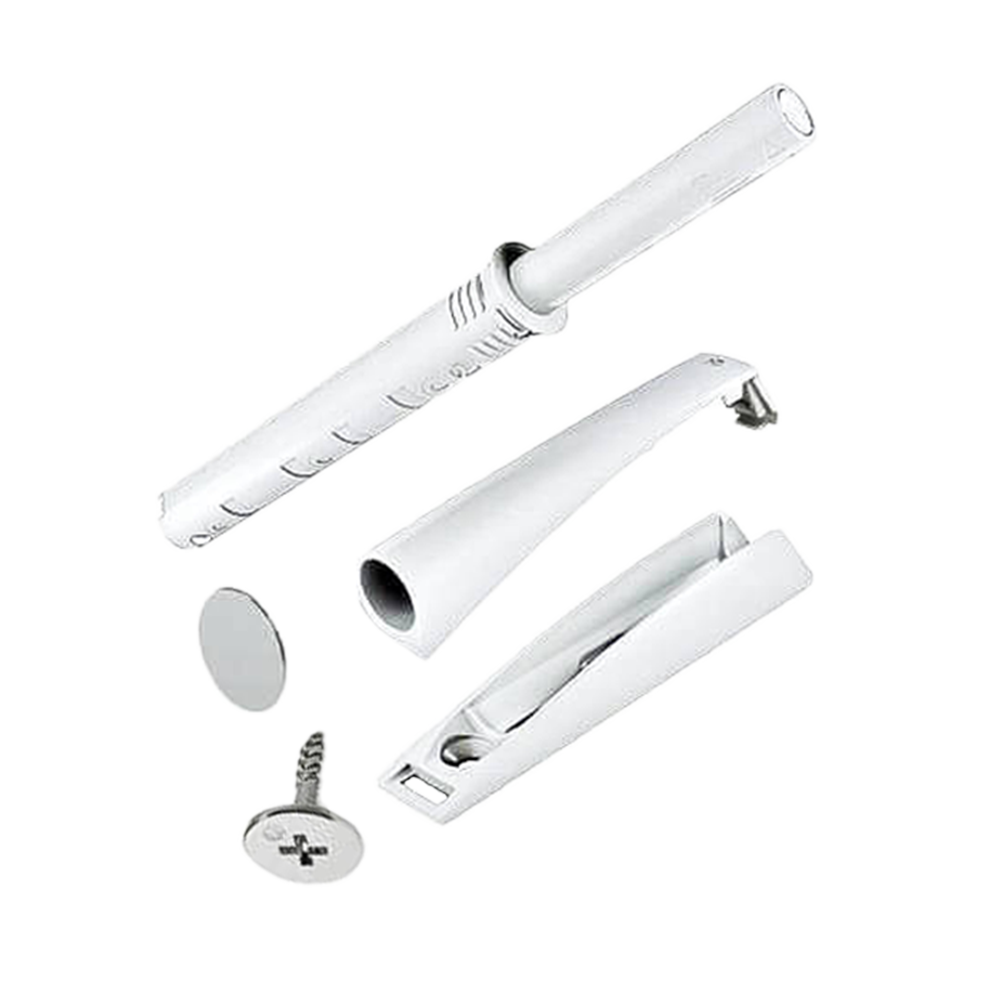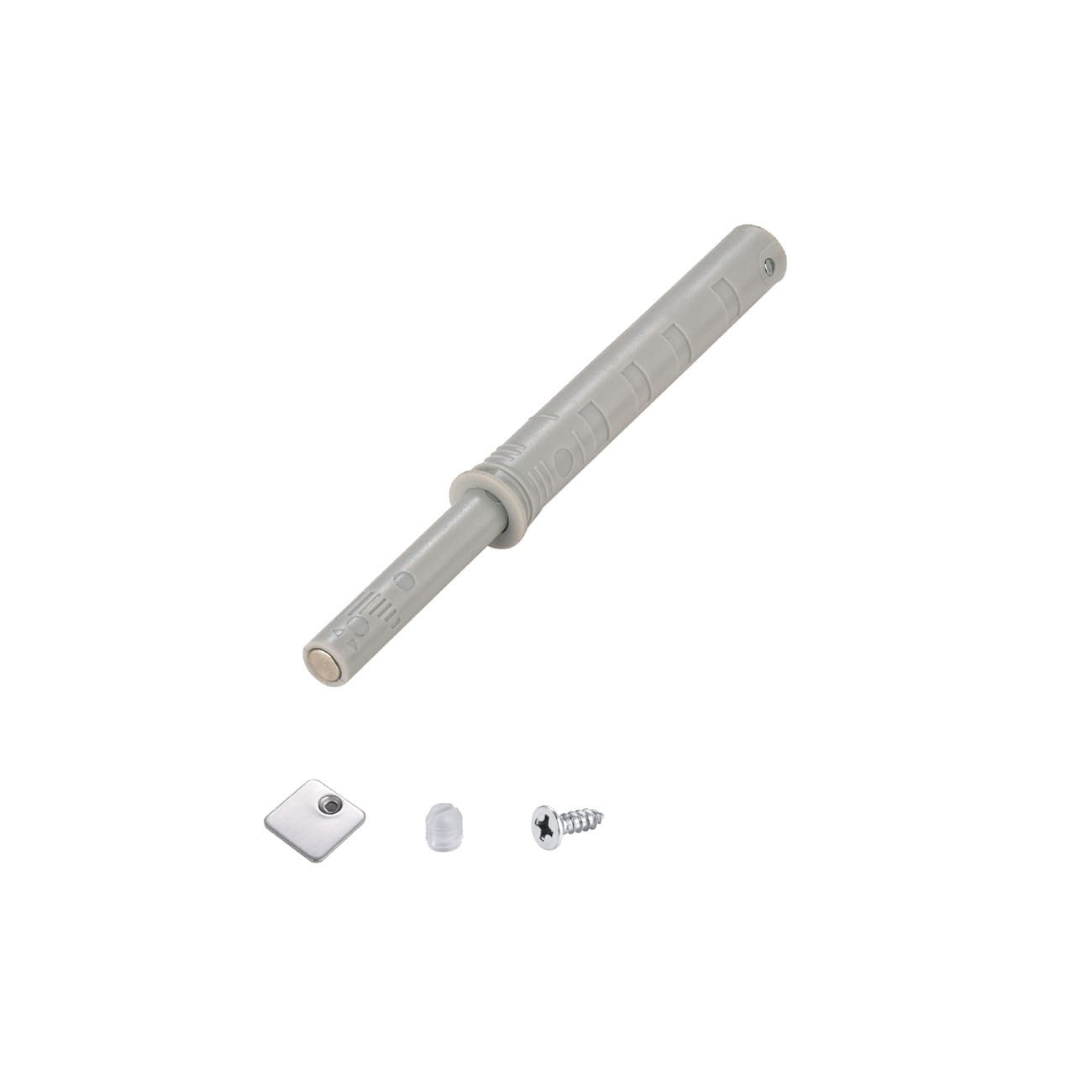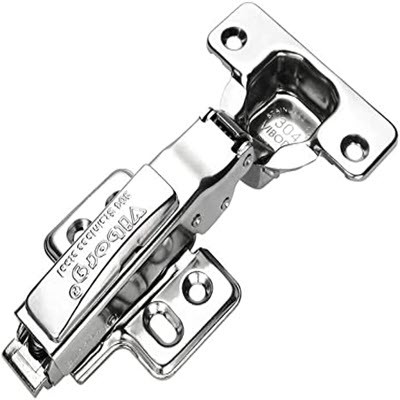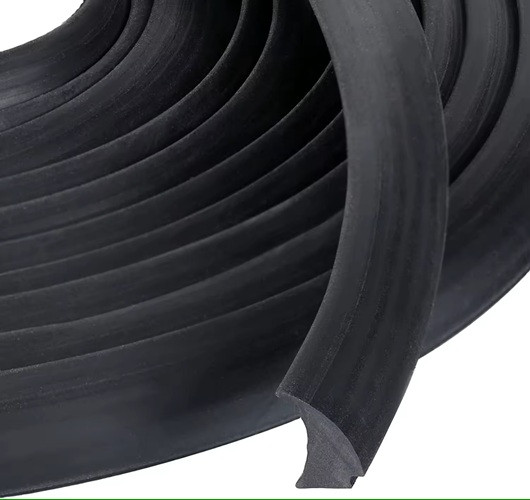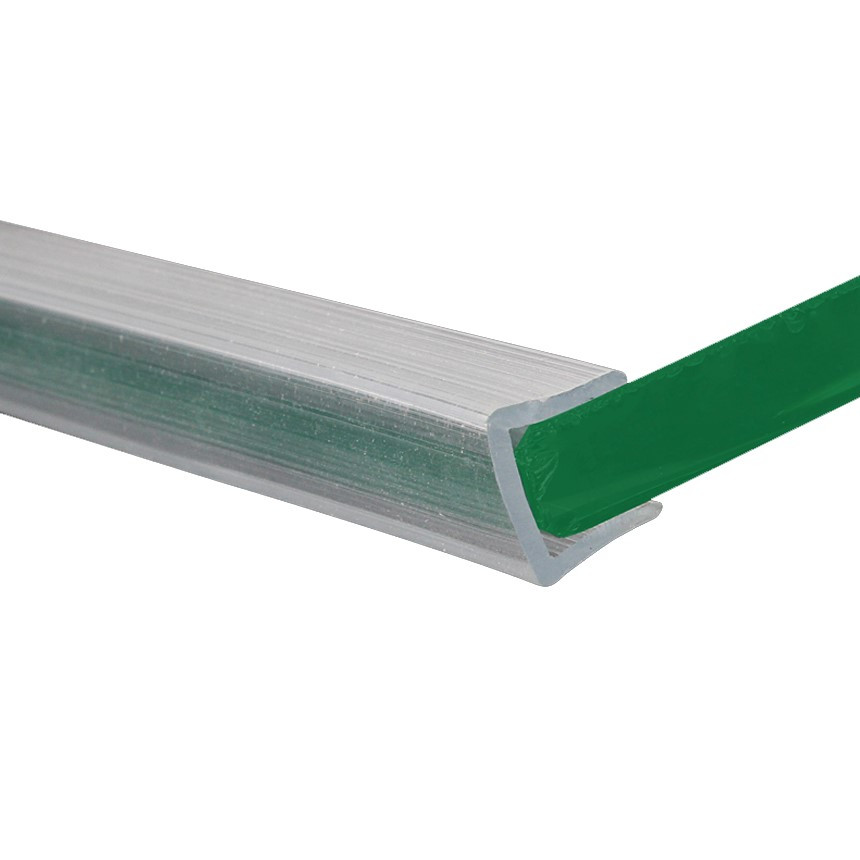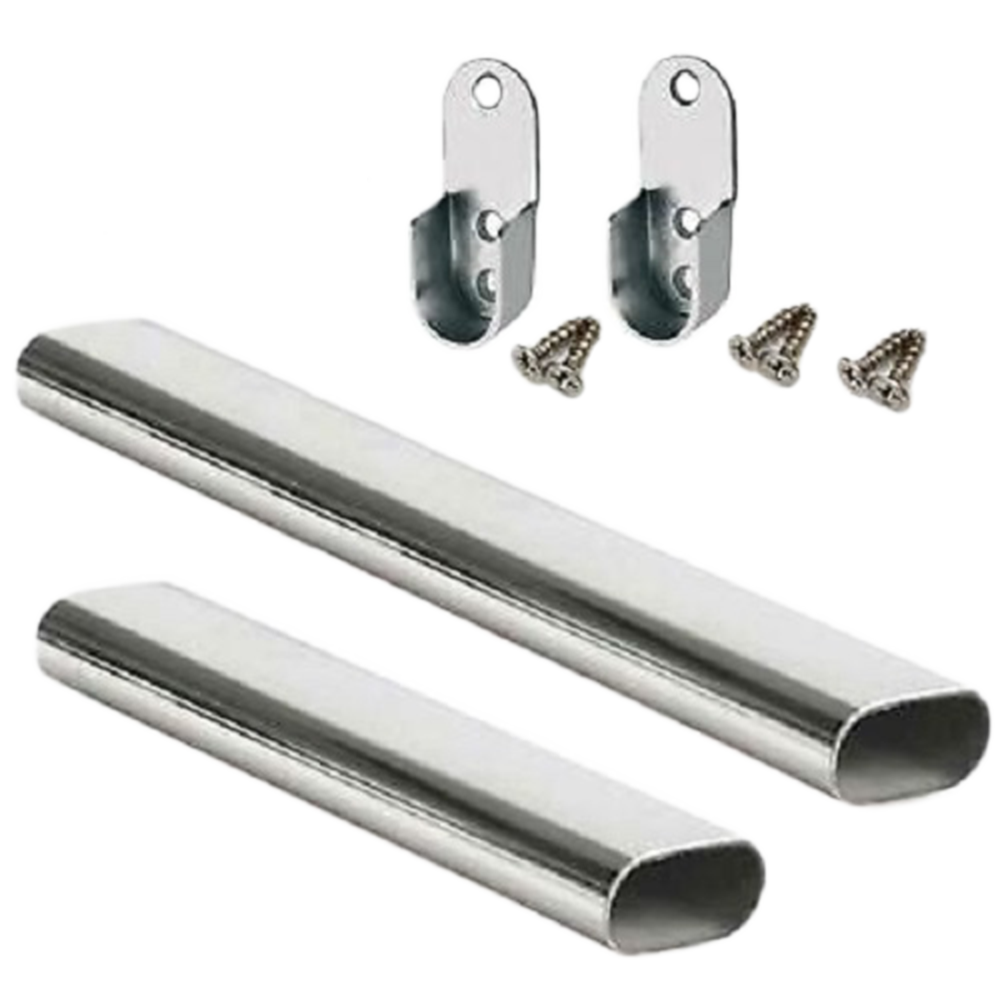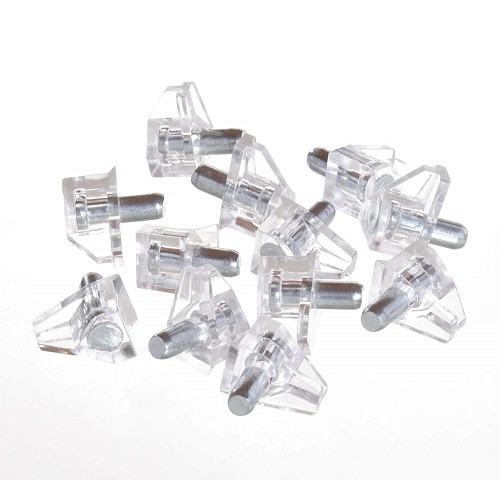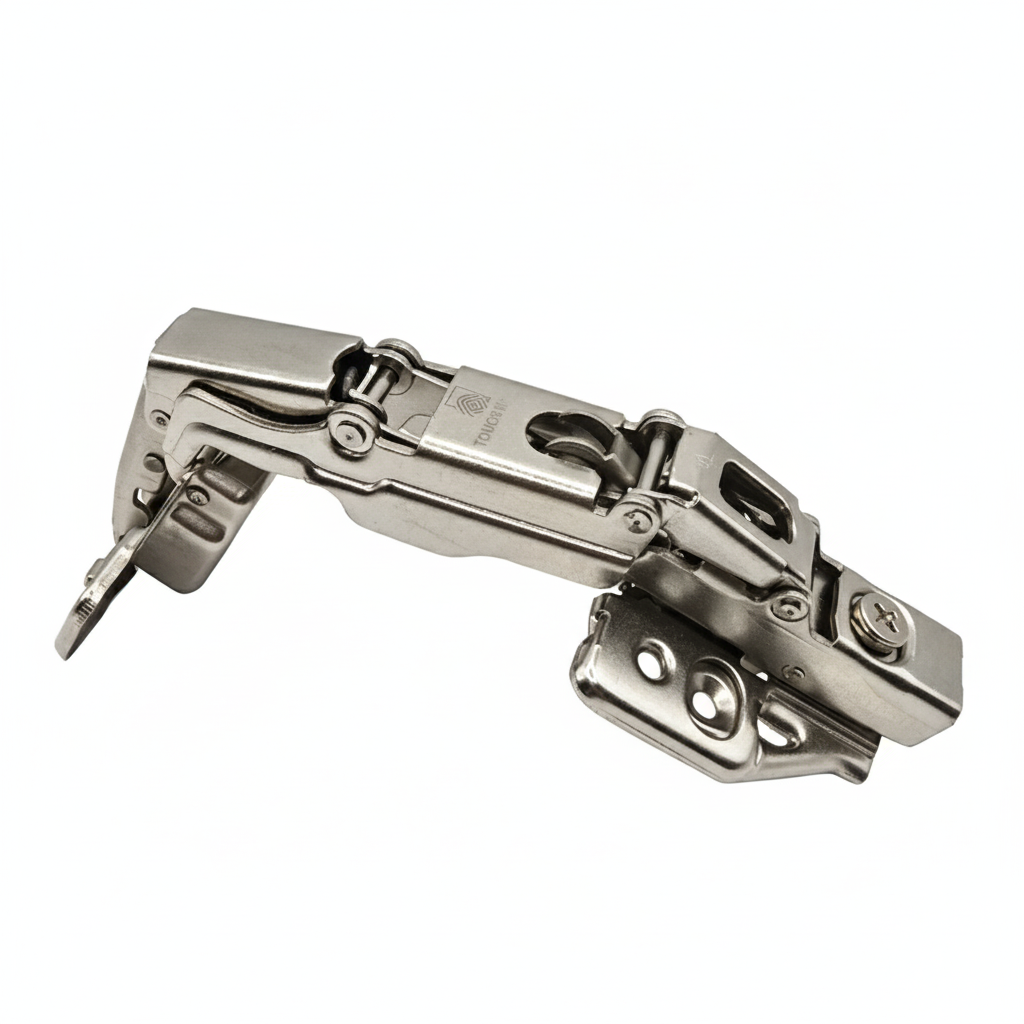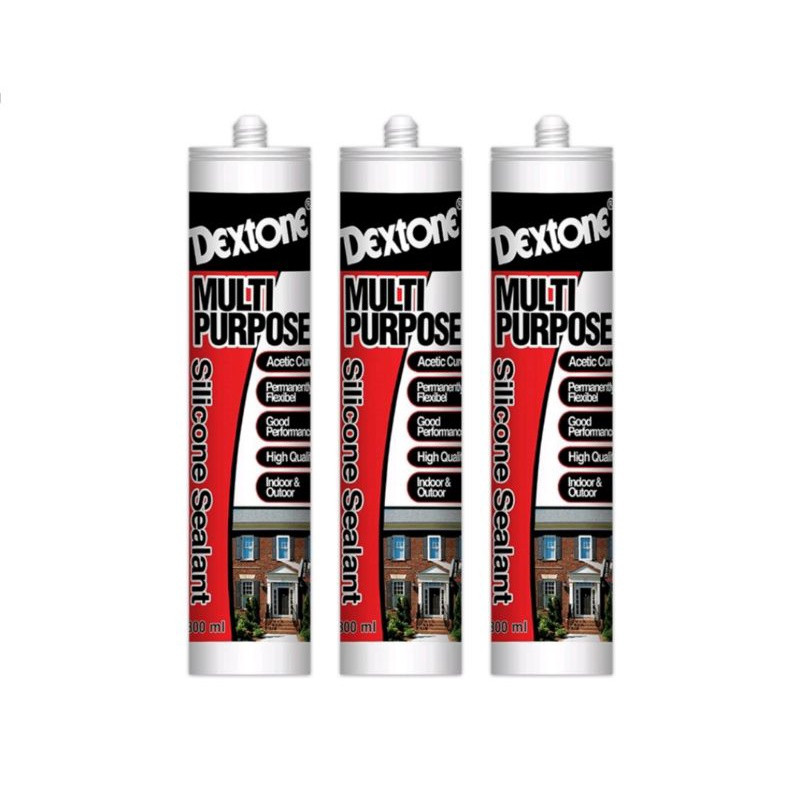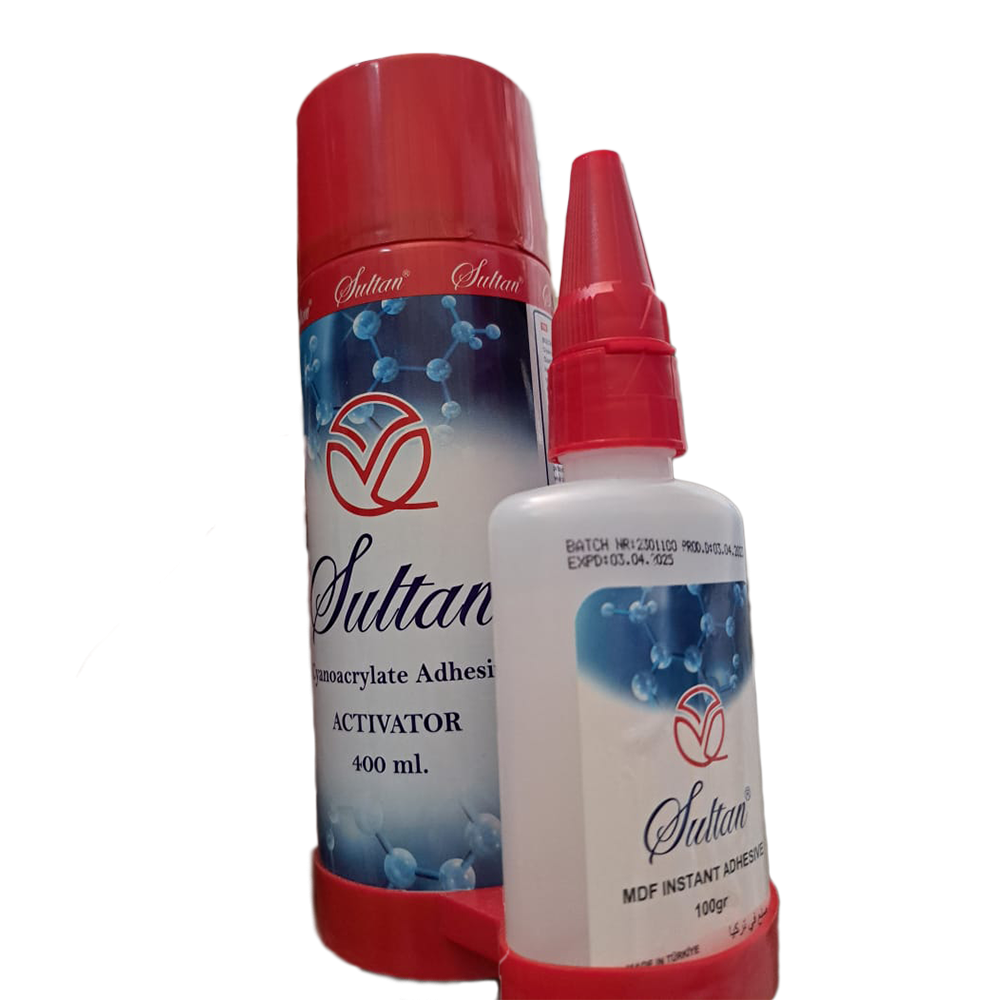

wood glue with hardener
(0
reviews)
Estimate Shipping Time:
4 Days
Warranty
 ضمان 5 سنوات
ضمان 5 سنوات
Price
﷼20.70
/قطعه
Club Point:
360
Share
Top Selling Products
-
﷼15.53
﷼17.25 - ﷼20.70 -
﷼10.35
-
﷼3.00
﷼3.16 -
﷼2.59
﷼2.88 -
﷼1.47
﷼1.73 -
﷼10.35
Reviews & Ratings
0
out of 5.0
(0
reviews)
There have been no reviews for this product yet.
Wood Glue with Hardener - Superior Bonding Strength and Long-Lasting Durability!
If you're looking for an extremely strong and durable bond to wood that goes beyond traditional white glue, then wood glue with hardener is the perfect solution. This type of glue is known for its ability to form a very strong chemical bond with the wood fibers, making it ideal for applications that require high strength, water resistance, and longevity.
What is wood glue with hardener? And how does it work?
Wood glue with hardener is essentially a two-part system:
Base glue: This is typically urea-formaldehyde resin glue or other reactive resins.
Hardener/Catalyst: An acidic or alkaline powder or liquid that is added to the base glue just before use.
How it works: When the hardener is mixed with the base glue, a chemical reaction known as polymerization begins. This reaction causes the glue to transform from a liquid into a highly resistant solid, creating a bond that is extremely strong and resistant to water, moisture, and sometimes heat, beyond the ability of ordinary glue.
Why choose wood glue with hardener? And what are its uses?
Superior bonding strength: Provides the strongest bond possible to wood, often stronger than the wood itself. This makes it ideal for structural or high-stress applications.
High water and moisture resistance: Unlike most white glues (PVA), which weaken with moisture, wood glue with hardener has excellent water resistance, making it suitable for use in:
Outdoor furniture.
Kitchen and bathroom fixtures exposed to moisture.
Boats and marine woodwork.
Wood flooring.
Dimensional stability: Helps prevent warping or warping of the wood at joint points.
Suitable for various types of wood: Works effectively on hardwood, softwood, engineered wood panels (such as MDF and chipboard), and veneer.
Various uses:
Manufacturing high-quality, durable furniture.
Assembling wooden doors and windows.
Repairing severely damaged furniture.
Woodworking applications that require exceptional durability.
Important considerations when using wood glue with hardener:
Prepare the mixture carefully: Follow the manufacturer's instructions for mixing the glue and hardener ratios. Any error in the ratio may affect the bond strength and drying time.
Pot life: Once the two components are mixed, the chemical reaction begins. Each type of glue has a specific "pot life," which is the period of time the glue remains usable before it begins to harden. Prepare only the amount you can use during this time.
Good ventilation: Some types of these materials may emit fumes. Make sure to work in a well-ventilated area.
Clamping: This type of glue requires good and constant pressure (with clamps) during the drying process to ensure maximum bond strength.
Drying time: Drying time varies depending on the type of glue, mixing ratio, temperature, and humidity. Adhere to the recommended time before removing clamps or loading the joint.
Cleaning: Clean up any excess glue immediately after assembly before it hardens, using water or a suitable solvent depending on the type of glue.
To ensure the best results and durability for your wood projects, wood glue with hardener is the professional choice that provides unparalleled bonding and long-lasting strength.
Frequently Bought Products
Black rubber glass 6mm
﷼1.38
U-shaped transparent rubber
﷼0.96
﷼1.44
Internal and external hood
﷼3.00
﷼3.16
3m round nickel pipe
﷼12.65
Hydraulic Handpiece | Full Ride | 165°
﷼8.31
﷼9.78
Antibacterial silicone
﷼7.48
Soft close drawer runner
﷼10.35
رداد داخلي للمطابخ
﷼2.59
﷼2.88
2D Pakm Hinge - Full Knee, Half Inner
﷼1.47
﷼1.73
Product Queries (0)
Login Or Registerto submit your questions to seller
Other Questions
No none asked to seller yet
Top Selling Products
-
﷼15.53
﷼17.25 - ﷼20.70 -
﷼10.35
-
﷼3.00
﷼3.16 -
﷼2.59
﷼2.88 -
﷼1.47
﷼1.73 -
﷼10.35



